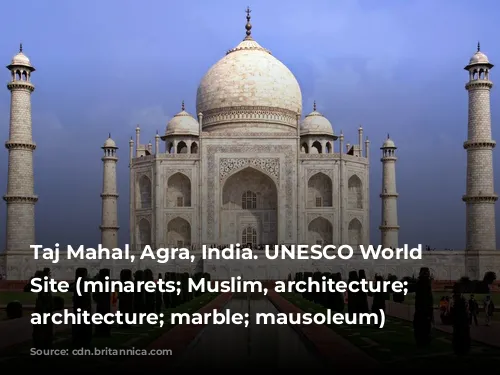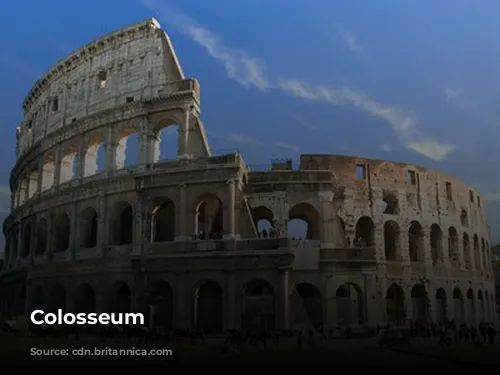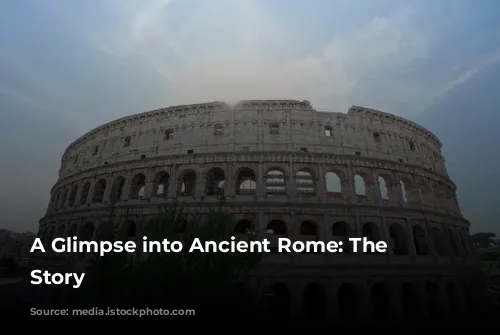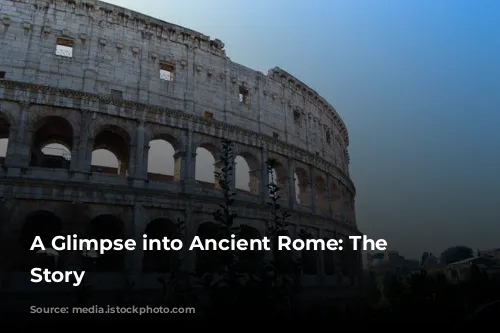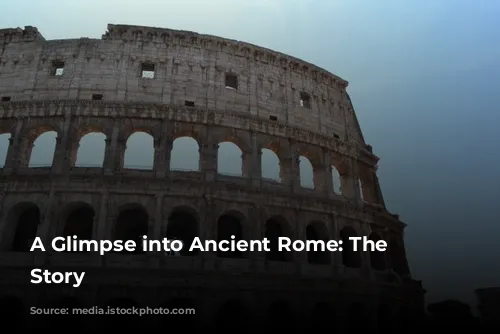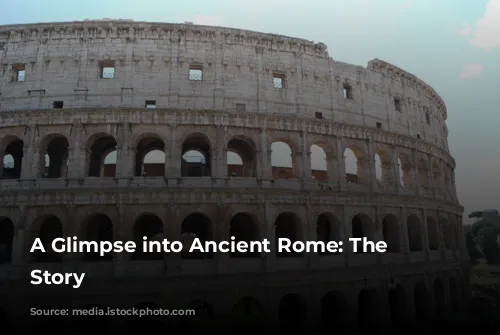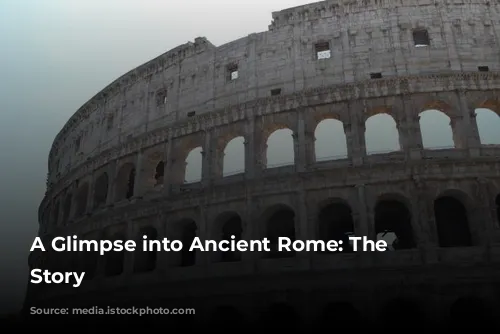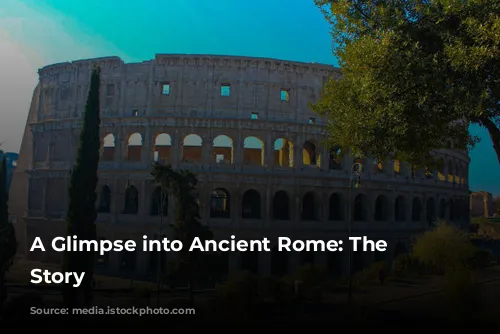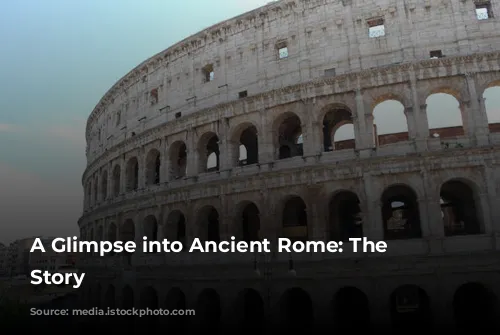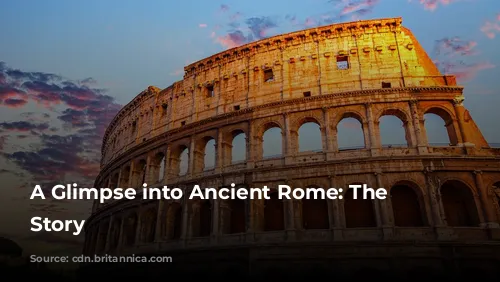Standing tall amidst the bustling streets of Rome, the Colosseum stands as a testament to the architectural and engineering prowess of the Roman Empire. This ancient marvel, one of the few structures to survive the passage of time relatively intact, is not just a historical landmark but also a major source of income for Italy. In 2018, the Colosseum, Roman Forum, and Palatine Hill, collectively, brought in over $63.3 million (€53.8 million), the highest revenue generated by any tourist attraction in the country.
The Colosseum’s journey through history has been a rollercoaster ride, marked by periods of grandeur and decay. Following the fall of the Western Roman Empire, the Colosseum fell into disrepair, its majestic presence slowly fading. In the 12th century, the Frangipane and Annibaldi families repurposed the arena as their fortress, a stark contrast to its former glory. The late 15th century saw Pope Alexander VI allowing the Colosseum to be used as a quarry, a further blow to the monument’s integrity. After over a thousand years of neglect, state-funded restoration efforts began in the 1990s, breathing new life into the ancient amphitheater.
Built for Spectacle: The Colosseum’s Origins
The Colosseum’s construction was part of a grand imperial project to revitalize Rome after the tumultuous year of the four emperors, 69 CE. Emperor Vespasian, much like his predecessors, saw the amphitheater as a venue for entertainment, a place where gladiatorial combats, animal hunts, and even mock naval battles could enthrall the Roman public.
The Colosseum’s construction began under Vespasian between 70 and 72 CE, with the completed structure dedicated in 80 CE by his son and successor, Titus. The Colosseum’s fourth story was later added by Emperor Domitian in 82 CE. This architectural masterpiece was financed by the spoils of war, specifically from Titus’s sack of Jerusalem in 70 CE, and built using enslaved Jewish laborers from Judea, a sobering reminder of the Roman Empire’s conquests.
A Monument of Engineering and Scale
The Colosseum, also known as the Flavian Amphitheatre, is an impressive structure, an elliptical wonder made of stone, concrete, and tuff. This architectural giant stands four stories tall, spanning an impressive 620 by 513 feet (189 by 156 meters), with the capacity to hold up to 50,000 spectators. Its primary use was for gladiatorial combat, a spectacle that captivated the Roman populace.
The Colosseum’s construction, unlike previous amphitheaters, was a freestanding marvel, not built into the hillside for support. Its complex system of barrel vaults and groin vaults, along with the three stories encircled by arcades framed by engaged columns in the Doric, Ionic, and Corinthian orders, made the Colosseum a unique architectural feat. The rising arrangement of columns served as the basis for the Renaissance codification known as the assemblage of orders. The building materials were carefully chosen, with travertine for the main structural framework and facade, volcanic tufa for the secondary walls, and concrete for the inner bowl and arcade vaults.
A Stage for Spectacles and a Witness to Time
The Colosseum offered its audience a unique viewing experience, with a massive retractable awning, known as a velarium, providing shade from the Roman sun. This engineering marvel was supported by masts extending from the Colosseum’s top story, requiring hundreds of Roman sailors to manipulate the rigging that extended and retracted the awning.
The Colosseum hosted a variety of spectacles, from gladiatorial combats to animal hunts and even mock naval engagements. The arena witnessed thousands of hand-to-hand battles, but the question of whether it was the site of the martyrdom of early Christians remains a subject of debate.
From Glory to Decay and Revival
The Colosseum’s fate after the fall of the Roman Empire was a tragic one, with its glory gradually fading into decay. In medieval times, the amphitheater was repurposed as a church and later as a fortress by the Frangipane and Annibaldi families. It suffered further damage from lightning, earthquakes, vandalism, and pollution. The Colosseum was stripped of its marble seats and decorative materials, treated as little more than a quarry for over a thousand years.
The preservation of the Colosseum began in earnest in the 19th century, with significant efforts led by Pius VIII. A major restoration project was undertaken in the 1990s, bringing the ancient amphitheater back from the brink of ruin. Today, the Colosseum remains a major tourist attraction, welcoming close to seven million visitors annually. Regular exhibitions exploring the culture of ancient Rome are held within its walls, keeping the stories of this magnificent structure alive for generations to come.
